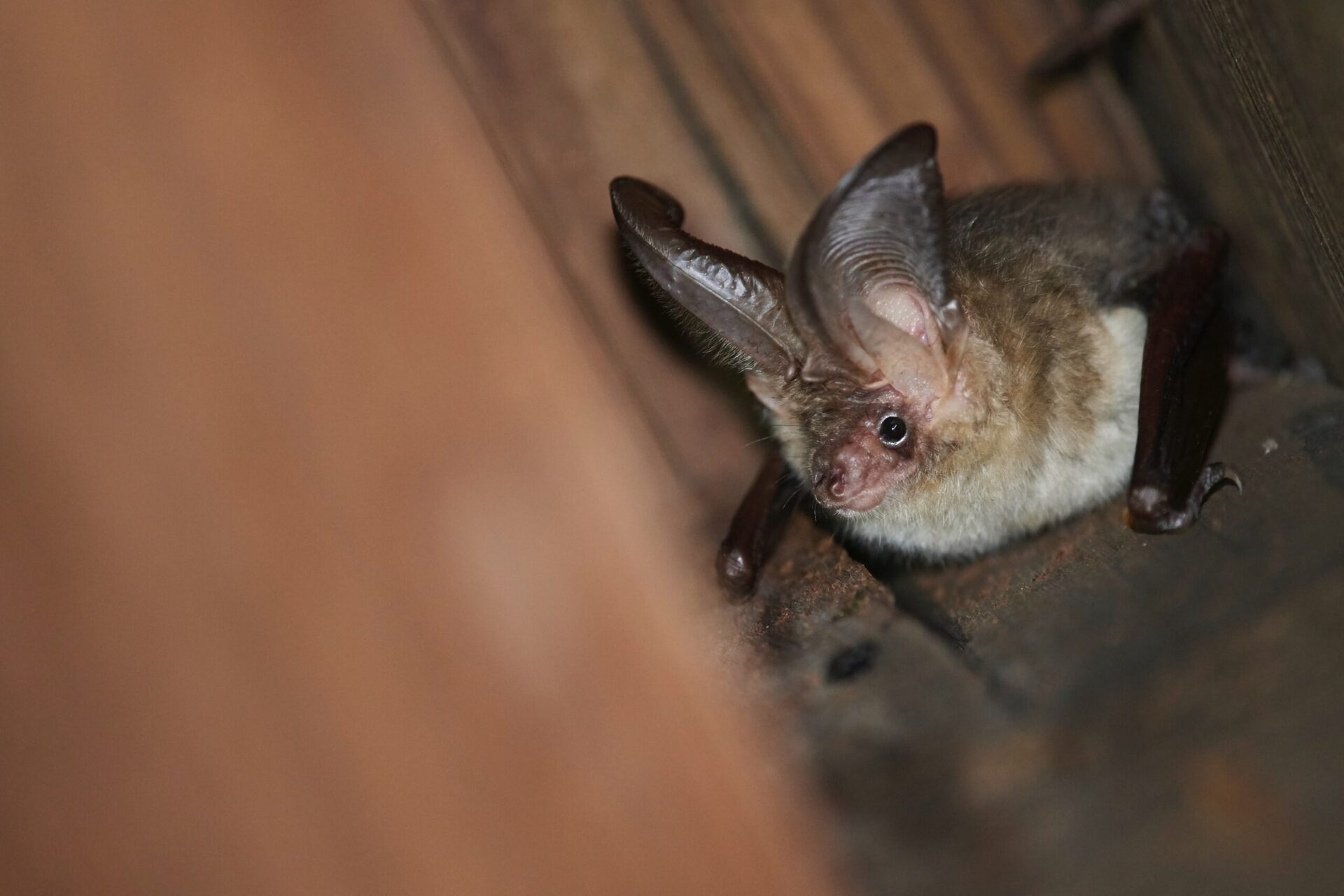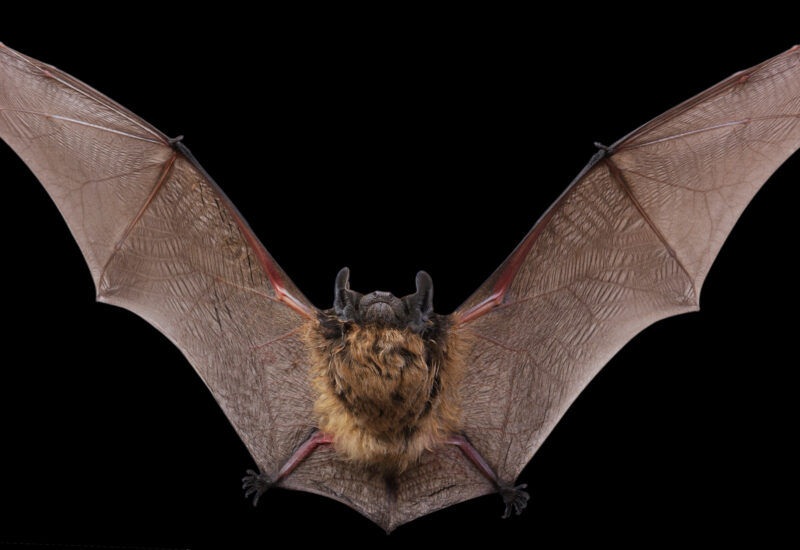When Are Bats Active During the Year?

Discover Important Facts About Bat Activity and What to Do If One Has Made Its Way into Your Home
Bats are often feared and misunderstood. These winged critters eat thousands of insects nightly, making them an efficient natural form of pest control. Bats are also natural pollinators that help spread the seeds that grow into some of our favorite flowers, fruits, and vegetables.
Because they are important parts of the ecosystem, handling bats requires special care. Conservation laws protect bats and regulate when (and how) bat control and removal can take place. That’s why it’s essential to understand their behavior. Start by taking a closer look at when bats are active, where they typically live, and what to do if you find bats in your home or business.
Bat Activity in New England
In the Northern Hemisphere, bats are most active from March through November. During the warm weather months, you can often find bats flying at night and roosting in dark, warm spots. Females create colonies to birth and raise their young, while males typically choose cooler areas and fly in small groups. By late summer and early fall, nursery colonies begin breaking up and species that migrate begin finding their way out of the region.
In many states, winter is typically quiet, with minimal to no bat sightings. However, among the various species of bats in New England, one remains a resident all year long. While other species typically migrate once the weather gets cold, large brown bats stick around, typically hibernating in barns, attics, and voids.
It’s possible to have indoor bat activity in New England if large brown bats have chosen your property as their place of hibernation. Additionally, during periods of warm winter weather, bats may wake from hibernation thinking that spring has arrived.
Where Do Bats Live?
Bats can often be found in well-established trees and out-of-the-way caves. However, as those habitats are disturbed or destroyed, bats often find ideal spots to roost in less convenient locations. These critters love surfaces that provide ample grip, including brick, clay tile, and concrete. They often live in cellars, attics, and roof or wall voids. You may also find males squeezing into cooler areas like behind shutters on windows or under awnings.
Why Are Bats Attracted to Manmade Structures?
As humans continue expanding and developing, bats and other wildlife lose their natural habitats. Consequently, bats find alternative shelters that are safe, warm, and suitable for raising their pups. Manmade structures offer relatively stable temperatures and protection from predators. Additionally, homes, barns, and other manmade structures often provide shelter with minimal competition from other animals.
What to Do If a Bat Is in Your Home or Business
Most people don’t know they even have bats. Bats, and their guano, can colonize in inaccessible areas, like under insulation, and these small animals are often quiet while they are roosting and hibernating.
Typically, the most common indicator that you have bats in your property is the presence of guano, or small, dark, seed-sized droppings found along walls, floorboards, and roofs. Insect remains, a musky smell, urine stains, and chittering sounds can also indicate the presence of one or more bats.
Despite what the old wives’ tales may say, these critters don’t just fly haphazardly into open windows. So, if you see a live bat flying around indoors, it’s a sure sign that you may have a colony of bats somewhere in the house and need an immediate inspection.
If you see signs of a bat in your home or business, it’s imperative to call Catseye Pest Control for professional help. Bats are protected in Massachusetts and many other states, and we have the expertise and necessary equipment to safely remove bats according to all laws and regulations. Our trained technicians approach removal very carefully. We ensure bats remain protected throughout the process.
Spring: May is one of the most common times to have bats in living areas. This is the time that bats come out of hibernation, but nighttime temperatures are cold, causing them to rush back indoors. During spring, our technicians seal off the area and install excluders. These special tools allow bats to exit the property or building but prevent them from returning. Once the bats are completely removed, the excluder is removed, and the opening gets sealed off.
Summer: From June through August, we can’t provide removal or exclusion while bats have their babies, and the pups gain strength.
Fall: August is another high-activity month because the baby bats are able to fly. From August through October, we can resume exclusion and provide bat-proofing services.
In addition to removal, homeowners and business owners can opt for a preventive approach. For example, with Platinum Home Protection, you receive year-round services that include regular inspections to catch incursions before they become a large-scale problem.
Additionally, our residential exclusion systems and commercial exclusion systems provide a permanent, chemical-free barrier that offers targeted protection to vulnerable areas. These systems keep bats and other wildlife out of homes and businesses with an impermeable shield. Used together, our exclusion systems protect everything from the roof’s peak to low-lying areas like basements and crawlspaces.
One thing you may opt to do on your own is install a bat house on your property. These artificial roosts give bats an alternative to your home or business. In doing so, you support the bat population and gain some insect control for your outdoor spaces at the same time.
Contact Catseye Pest Control Today
Although bat activity in New England typically occurs during the warm weather months, you may experience some activity during winter too. If you suspect you have bats in your home or business, prompt professional attention is essential.
Contact Catseye today to schedule an inspection of your home, garage, business, or other structure.






